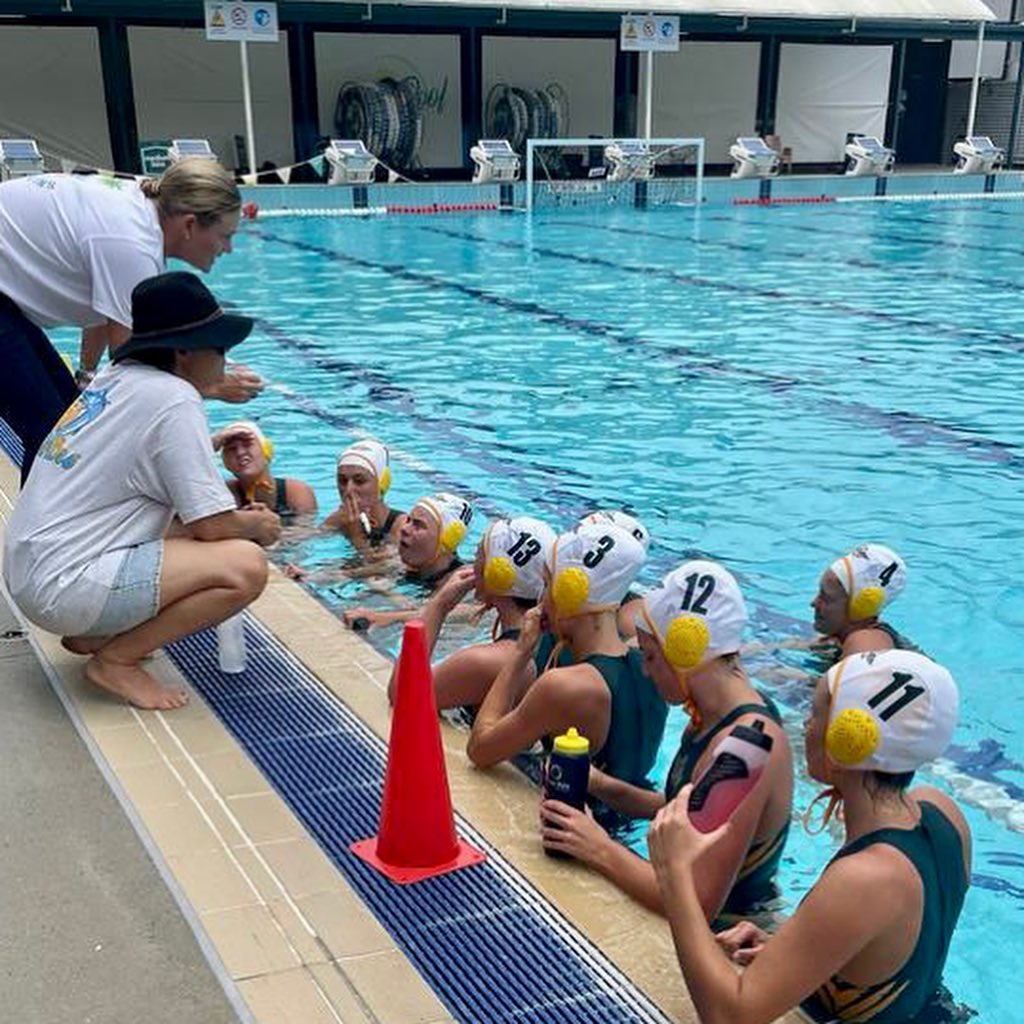What Is Flippaball
Melville Water Polo Club
Flippaball is a fun, easy to play introduction to the sport of water polo. With modified rules, if your child has basic swimming ability, then they are able to play Flippaball.
Boys and girls as young as eight years old are able to play.
Flippaball is the first step in what can be a lifelong participation in the sport of water polo. The Club caters for social water polo through both junior and senior competitions and provides a pathway for players into Elite water polo at the National and International level.
Melville Water Polo Club provides two groups of Flippaball:
Friday Flippaball (years 2 – 6)
Saturday Flippaball / Junior Competition (years 5 – 12)
Melville runs a summer Flippaball Season in Term 4 through Term 1 of the following year, as well as PoloSwim and PoloSkills classes over the winter season for Terms 2 and 3.
Duration Of Play
Matches are played as 2 x 12 minute halves. Total match time is 30 minutes.
Teams
Each team has six players in the water, five players “in the field” and one goal keeper. The goalkeeper cannot go over the halfway line. Each team can have up to five substitutes for a total of eleven players in one team.
Caps
One team wears white caps and one team wears green or blue caps. Caps are provided by the Club.
Starting The Game
To start, players line up along the goal line. When both teams are ready, the referee blows the whistle and one player from each team swims towards the halfway line where the referee has thrown the ball. The player that wins the ball plays it off to his team mates who coordinate a play to score a goal.
Catching and Throwing The Ball
Players may catch the ball with one or two hands. Players must pass or shoot the ball with one hand. Clenched fists are not to be used. No player may hold the ball for longer than five seconds without passing it or swimming with it on the water.
Dribbling The Ball
A player may dribble the ball by pushing it along in front of them. An opposing player may steal the ball from a player who is dribbling provided they make no contact with the player in possession and that they do not take the ball under water.
Players are not able to move the ball forward by holding the ball under water. In this situation, a defender may sink the ball by placing their hand on the attacking players hand or arm and be awarded a free throw.
Scoring The Goal
A goal is scored when the ball passes completely over the goal line in the goal area.
Restart After a Goal
When a goal has been scored the players move back to halfway mark, with both teams within their own half. A member of the team that did not score takes a throw from anywhere in their half to restart the game.
Goal Throw and Corner Throw
If an attacking player throws the ball over the goal line outside the goal area (even if the throw is deflected by a defender) a goal throw is awarded. The goal throw can only be taken by a goalkeeper or the nearest attacker on the defending team. If the ball is last touched by the goalkeeper and travels over the goal line outside of the goals a corner throw is awarded. The corner throw must be taken on the 2 m line.



